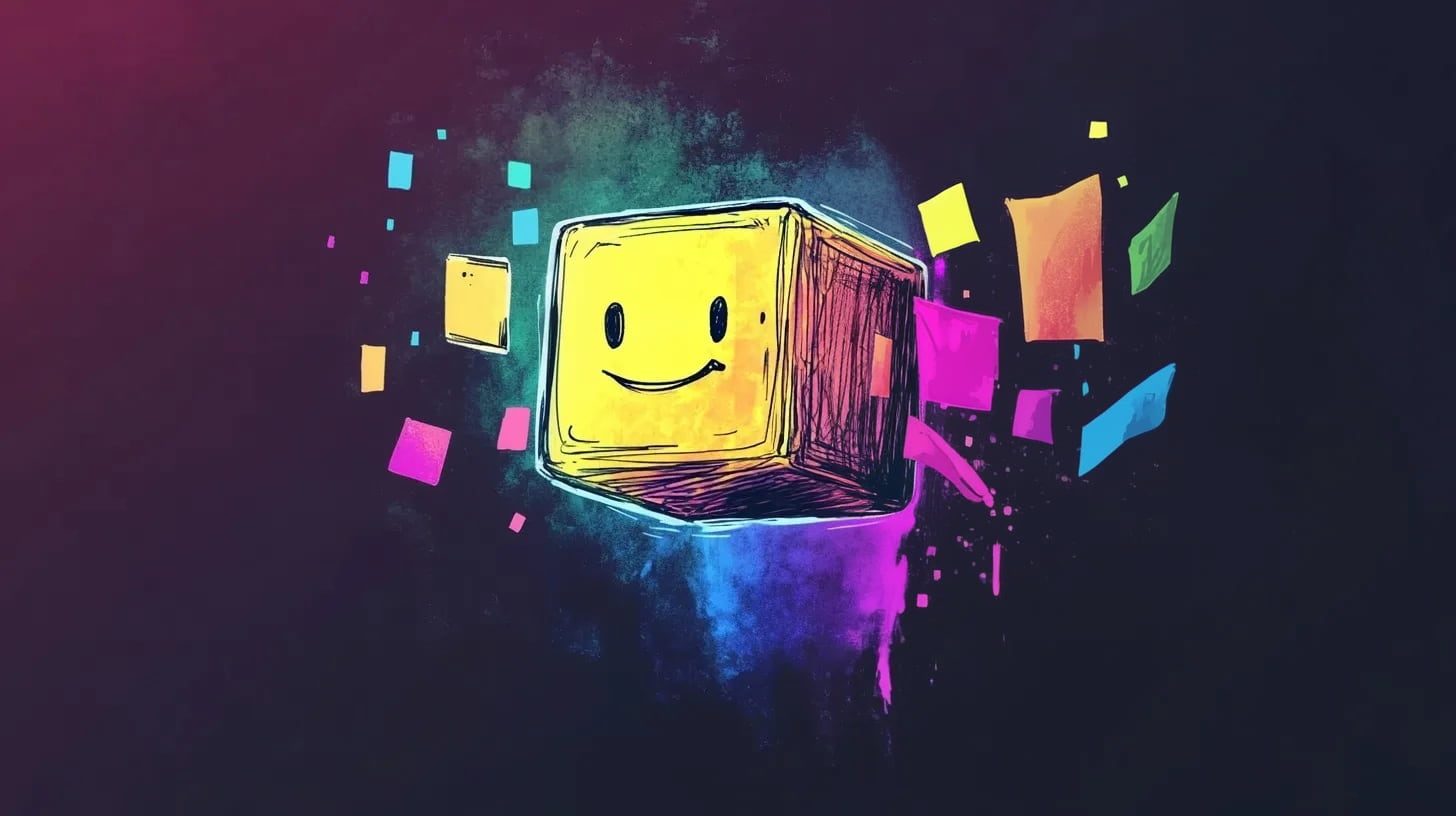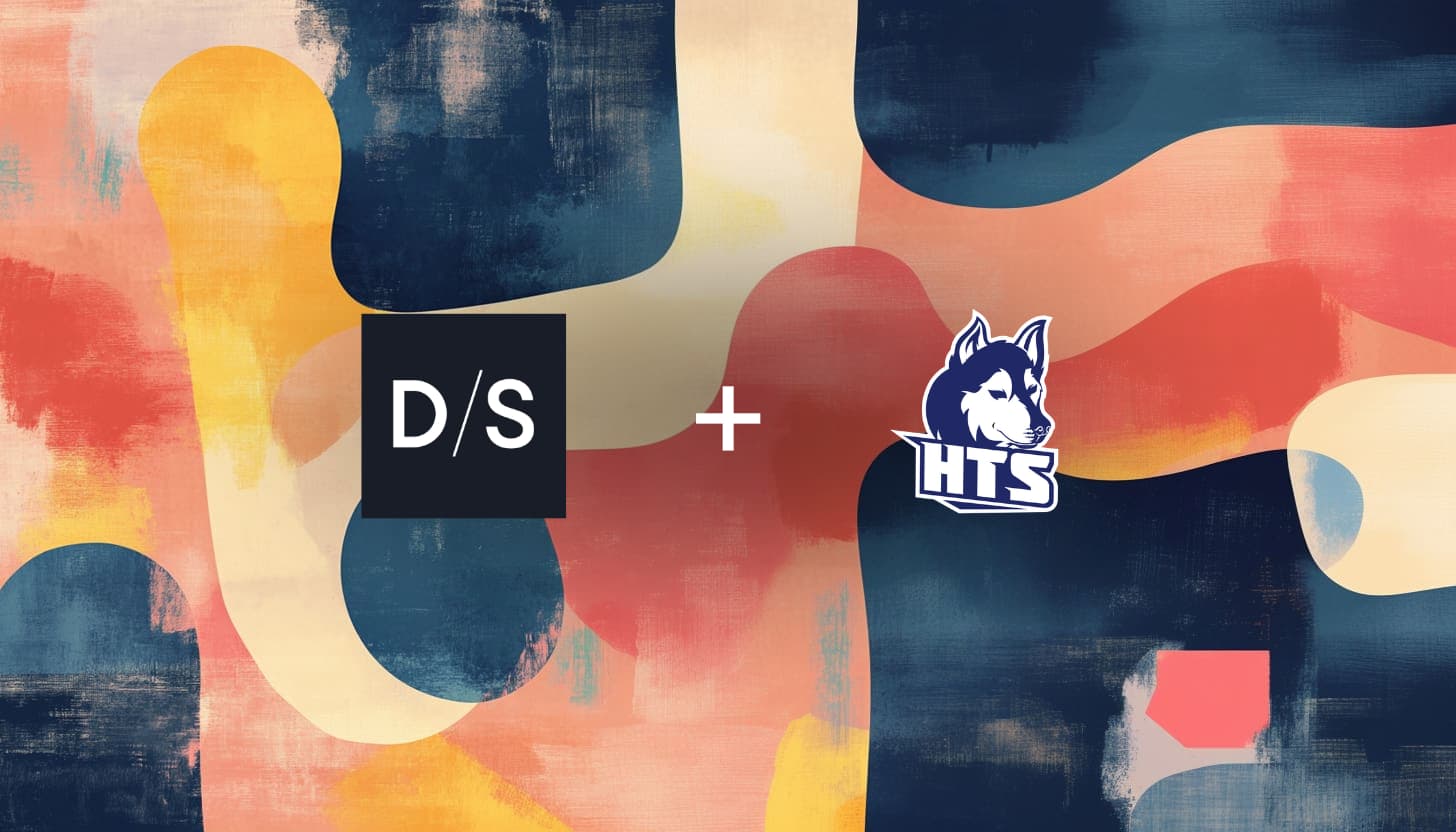Table of contents
We must humanize technology before it dehumanizes us.
Oliver Sacks, neurologist and author
On page 210 of the November 1994 issue, Forbes magazine carried an article by Peter Huber called “Silicon on the Bell Curve.” His eye-opening premise convinced me to see technology as a means of overcoming human limits:
The gap-widening argument is simple. Intelligence matters; in the age of information it matters more. It takes intelligence to use intelligence. Smart machines multiply whatever you’ve got — they effectively double your IQ, say. So the gap between smart and dumb gets wider.
But the bell curve thesis leaves unanswered this question: Why exactly should machine intelligence make small differences in human intelligence more important, not less? Maybe it will be the other way around: Maybe machines will make variations in human intelligence less important, not more so.
Peter Huber, “Silicon on the Bell Curve” (Forbes, 1994)
The advent of bulldozers certainly made it less important to be big and strong. Crane operators don’t have to be extremely tall; the crane supplies the height. No country that owns a surface-to-air missile is likely to worry about how many powerfully muscled javelin throwers it can muster. The technology that overcomes a human limit usually doesn’t amplify human differences. It’s more likely to even things out.
Three years later, in January 1997, Hope Technology Group was founded with the mission of applying innovative technology to overcome the limits faced by individuals with special needs.
In October 1997, the potential for technology to transform lives became even more evident to me when I was invited to the MIT Media Lab International Symposium on Wearable Computers. I experienced the creation of transformative technologies by what Frank Moss, the Director of MIT Media Lab, called “Digital Magicians,” and I was inspired to think about how these innovations could be applied to the challenges faced by those with special needs.
Shortly after, Hope Technology Group began an Education Lab, where kids with special needs could experiment with technology on weekends alongside their neurotypical peers. At the same time, many of us parents on the team were experimenting with all types of technologies in our homes. Over time, it became clear that there was an incredible need for assistive technologies—specifically, Augmentative and Alternative Communication (AAC) tools—to help individuals with speech or writing limitations overcome these barriers. We call these and other tools like them inclusive technologies.
After years of experimenting with and applying these technologies in our homes, schools, and workplaces, Digital Scribbler was born in April of 2011. Alongside it came QuickTalk, an AAC solution that could turn any iOS or Android device into a powerful communication tool.
Now, in 2024, Digital Scribbler aims to become the world’s leading inclusive technology accelerator by partnering with organizations, following the MIT Media Lab model. With deep compassion for the special needs community and access to top-tier talent in the Bay Area, we are confident in our ability to lead. By integrating behavioral innovations and evolving into a think tank, we aim to broaden our impact, driving both technological and intellectual leadership in inclusive technology. These inclusive technologies empower people to overcome their human limits and dismantle social barriers, enabling full participation in society and enriching the human experience for all.
Work done
1. QuickTalk – Working prototype
Current features:
- AI-driven response options based on texting conversation
- Multiple text-to-speech voice options, including a custom voice option that allows users to speak in their natural voice
- Type-to-speak option
Coming soon:
- Optimize the custom voice process: Refine how users record and integrate their voice into the system.
- Training process to add personal choices: Introduce an iterative development approach to refine personalized responses over time, collecting feedback and making incremental improvements.
- Optimize on-device LLM process: Enhance the efficiency and personalization of responses.
- Saved phrases: Develop a feature for quick communication using pre-defined or personalized phrases.
2. Tech Day at Hope Technology School (HTS)
- Demonstration of QuickTalk and Ray-Ban Meta Smart Glasses
- Events like Tech Days serve as pilot tests for new technologies, allowing us to gather user feedback in real-world settings before broader deployment.
3. Autumn effort to inspire
- Recruited eight engineers and tech professionals, including individuals from LinkedIn, Amazon, and a director at Broadcom to contribute to Digital Scribbler’s strategic partnership efforts.
- Events like this which encourage volunteerism allow us to communicate our mission and inspire technologists, educators, and social entrepreneurs to give back.
Work in progress
Behavioral integration: Expanding the scope of inclusive technology
In addition to focusing on communication tools, Digital Scribbler is exploring how technology can help individuals manage emotional and behavioral challenges, such as anxiety or OCD. By adding a behavioral component, we aim to support those already working hard to overcome social and emotional barriers to inclusion.
Behavioral features in QuickTalk or a new product called LifeBook:
- Calming cues: Prompts within QuickTalk that offer real-time calming techniques (e.g. guided breathing) when anxiety is detected through user interaction patterns.
- Behavioral tracking: A way for users to track their behavior over time, such as their ability to interact more consistently in socially stressful environments (e.g. classrooms or public settings). This feature will provide personalized feedback or reinforcement to the user, parent, caretaker, teacher, or other professionals with whom they have contact.
- Life management: A feature that incorporates life skills and needs into software for tracking everything from meals to medicines, from laundry to learning how to move from task to task. LifeBook would be the software used to keep everything about the user’s life in one place to assist the individual and their caretakers in meeting all needs.
- Wearable integration: A partnership with wearable device developers to gather biometric feedback, such as heart rate and stress levels, to trigger real-time behavioral interventions. This approach helps users manage their emotions proactively and provides caretakers with valuable insights into what the individual is experiencing, even when they cannot communicate it effectively.
These behavioral features will enhance our ability to create fully inclusive technologies that support social inclusion and empower users to engage more fully in life.
Work to come
Imagination is more important than knowledge. Knowledge is limited. Imagination encircles the world.
Albert Einstein
Developing inclusive technologies demands that imagination serve as our compass.
Next big goal: New assistive technology prototype by Autumn 2025
We envision our next major milestone to be developing an assistive technology prototype by Autumn 2025, in partnership with a company like Meta. To achieve this, we must demonstrate that we are a serious and imaginative partner, capable of delivering both measurable progress and breakthrough moments that transcend traditional metrics.
We will model our approach after Meta Reality Labs’ success with what many would call their North Star product, Orion. When Meta set out to build Orion, they not only focused on creating new technology but also on building a team capable of delivering a consumer-grade product. They achieved this through two key initiatives:
- De-risk the North Star product: Experimentation and research refine and validate the product using a proof of concept model. This ensures that the idea is feasible before full-scale development.
- Develop the team: Deliver a similar product on an existing platform to develop and scale the team’s capabilities.
We plan to follow a similar model, with two themes in mind.
1. Theme 1: De-risk the North Star product by creating a plan for our next product
Our potential partners need to see that we can deliver. Therefore, we must build a convincing plan for our next product or product experience, involving:
- Brainstorming and hypothesis formation: Generate innovative ideas and form a hypothesis around the product concept.
- Evidence gathering: Collect data and feedback to support the viability of our product hypotheses.
- Roadmap creation: Build a detailed risk-adjusted roadmap, accounting for potential technical and operational uncertainties and adjusting timelines and resources accordingly.
- Funding strategy: Formulate a plan to secure funding for the development of the product.
Theme 2: Develop the team via QuickTalk
Sean Kiluk, our lead engineer, has identified significant work needed to elevate QuickTalk to the next level. We will focus on:
- Defining minimum viable product (MVP): Determine the critical details and design elements for QuickTalk’s next iteration, keeping costs low while meeting user needs.
- Building a roadmap: Create a roadmap for the future development of QuickTalk.
- Teacher demo day for feedback: Gather feedback from educators through a teacher-oriented tech day to refine QuickTalk’s features.
- Inspiring volunteers: Craft a vision that attracts skilled volunteers who blend technical expertise with compassion, channeling their contributions into meaningful product development. Then, structure their engagement through sustained projects and focused events to maintain consistent progress.
Possible next steps (Next 8-16 weeks)
- Volunteer meetup: Host a meeting with volunteers for relationship-building, inspiration, and communicating the development plan.
- QuickTalk design and roadmap completion: Finalize the design and roadmap for QuickTalk’s next version.
- Teacher demo day: Conduct a demo day for teachers, students, and parents to gather valuable feedback and identify any new focus areas. We will conduct demos in the environment where users will feel most empowered—whether that’s a classroom or living room—because authentic settings reveal authentic needs. Above all, we prioritize understanding those users whose daily challenges most urgently call for imaginative solutions.
- Case study for Smart Glasses: Identify families for a case study that explores the use of Smart Glasses to address dyslexia challenges, using beta testing before broader deployment.
Think tank evolution: Leading innovation and thought
A new scientific truth does not triumph by convincing its opponents and making them see the light, but rather because its opponents eventually die, and a new generation grows up that is familiar with it.
Max Planck
Progress in inclusive technology demands that we venture beyond conventional thinking and traditional business models. Too often, the disability community has been overlooked because their needs don’t fit neatly into standard profit equations and development frameworks. Digital Scribbler aims to challenge these established norms, inspiring a new generation to reimagine how technology can serve all of humanity—not just those who can afford it.
As Digital Scribbler evolves, we aim to establish ourselves as a think tank—a hub for research, innovation, and thought leadership in inclusive technology. Here’s how we will transition into this role:
- Research and Development hub: Develop a formal research agenda focusing on the intersection of inclusive technology and behavioral interventions. Partner with academic institutions and industry leaders to advance research in areas such as AI-driven communication, inclusive technology, and emotional-behavioral tools.
- Intern program: Establish an intern program that brings in young innovators, researchers, and technologists to collaborate on groundbreaking inclusive technology projects.
- Publications and thought leadership: Regularly publish white papers, research reports, and case studies that explore breakthroughs in the use of inclusive technology. These publications will serve as key resources for policymakers, educators, and the broader tech community.
- Knowledge repository: Turn the Digital Scribbler website into an online knowledge hub that houses all of Digital Scribbler’s research, reports, and insights. This will position us as a go-to resource for inclusive technology expertise.
By becoming a think tank, we aim to influence policy, shape future innovations, and ensure that our work not only develops products but also contributes to the intellectual discourse on inclusive technology and inclusion.
Measuring impact: Data collection and inclusion
Not everything that counts can be counted, and not everything that can be counted counts.
Albert Einstein
One of the challenges we face in demonstrating the impact of our technology is meeting the demand for extensive data from foundations and donors. We recognize the importance of this data, but we also acknowledge that success in the special needs community cannot always be captured through traditional metrics. For individuals with disabilities that present significant challenges, the success of inclusive technology must be measured not only by its ability to produce immediate breakthroughs, but also by its contribution to broader societal inclusion.
Alongside the communication breakthroughs enabled by QuickTalk, we will integrate behavioral progress tracking. For children with anxiety or OCD, we aim to incorporate features that help them communicate and support them in managing their emotional and behavioral limits. Features such as calming cues, behavioral feedback loops, and personalized exposure therapy tasks will be embedded within the system. This dual approach will allow us to track both communication and behavioral progress, ensuring that users not only participate in activities but do so in a way that reduces emotional distress over time.
Infrastructure and resources
To support the continued growth of Digital Scribbler, we are using Hope Technology School as a practical site for experimentation and product development. The school provides a real-world setting for testing and refining inclusive technologies, ensuring they meet the needs of users.
Conclusion
In the words of computer scientist Dr. Alan Kay, “the best way to predict the future is to invent it.” Digital Scribbler’s vision for the future is to create a world where individuals with special needs and disabilities are empowered through technology to participate fully in life.
To quote Dr. Kay again, “Simple things should be simple, complex things should be possible.” By humanizing technology, integrating behavioral solutions, and evolving into a think tank, we aim to create products that foster inclusion, enrich lives, and provide a foundation for meaningful relationships. The next phase of Digital Scribbler’s journey involves building the infrastructure, partnerships, and innovations necessary to fulfill this vision.
About Russ Ewell
Russ and his wife, Gail, are proud parents of two adult sons with special needs—one with autism spectrum disorder and one with Down syndrome. A passionate advocate for inclusion and accessibility, Russ is dedicated to creating a more inclusive world. His ventures focus on fostering social, intellectual, spiritual, emotional, and holistic inclusion for individuals with disabilities.
- We're always on the lookout for emerging technologies and the incredible potential they have and Google I/O did not disappoint.
- We had the privilege of joining innovators, educators, entrepreneurs, policy makers, and learners at Stanford University
- At our recent “Tech Day” at Hope Technology School, we presented two exciting projects that are already making a meaningful impact.




